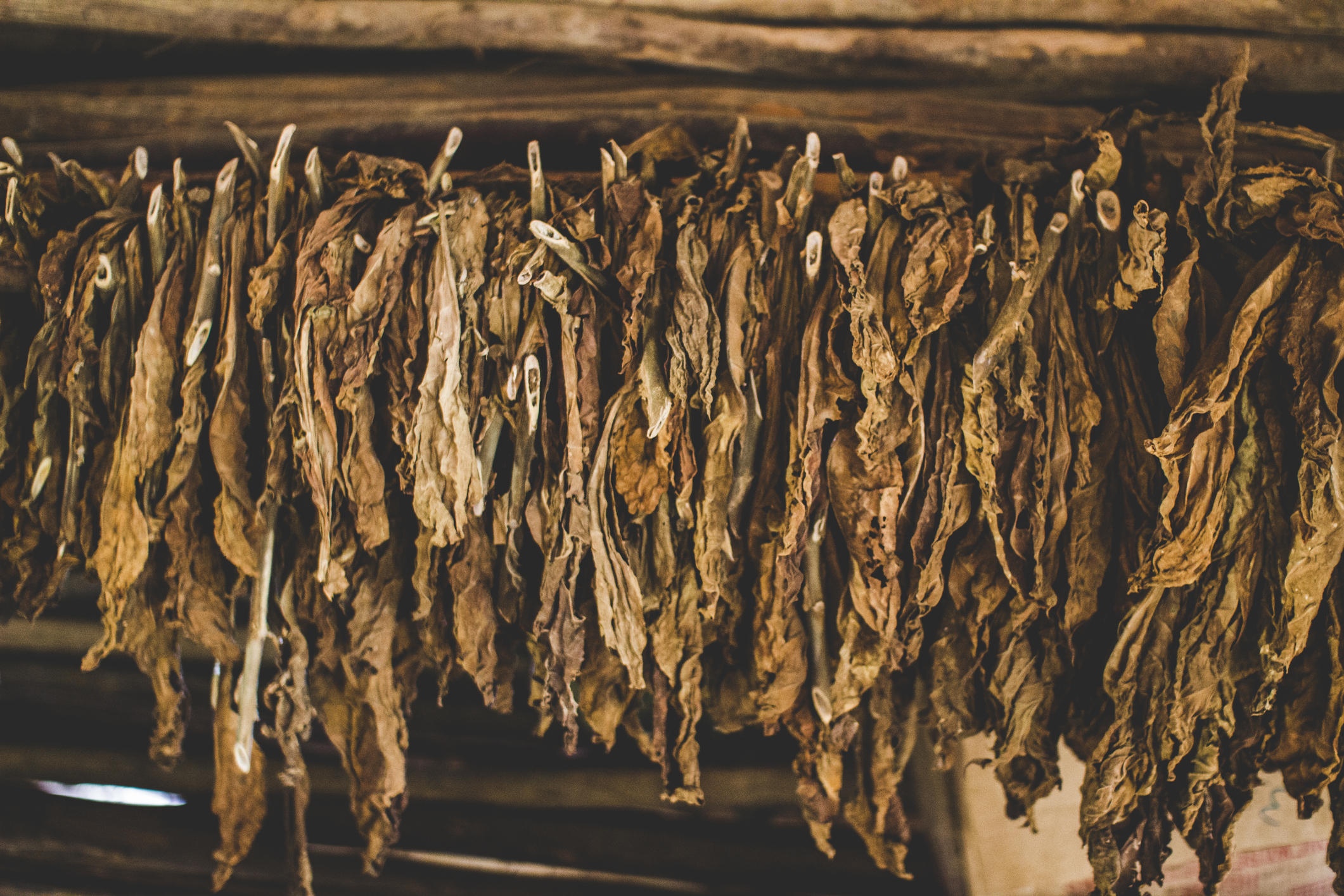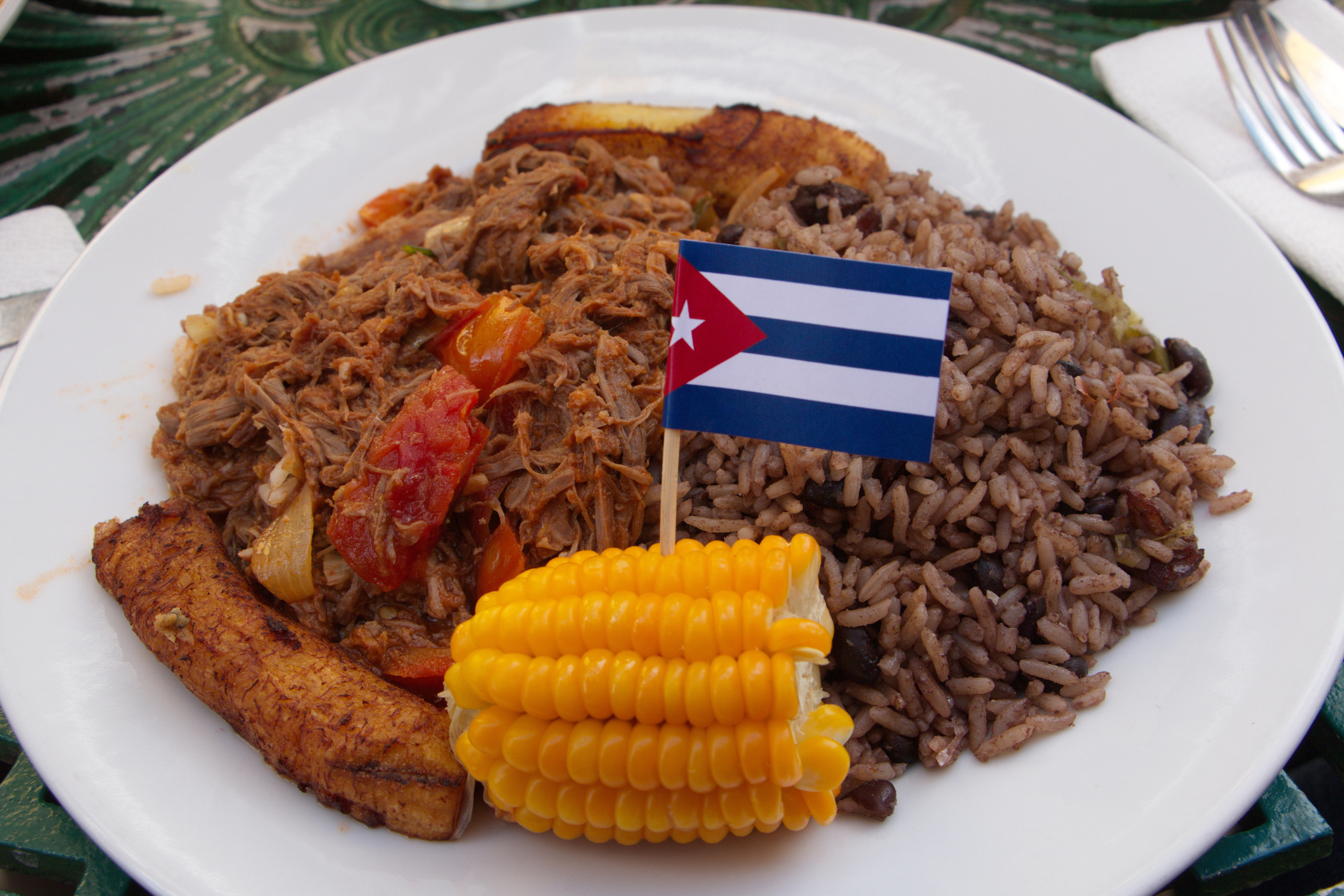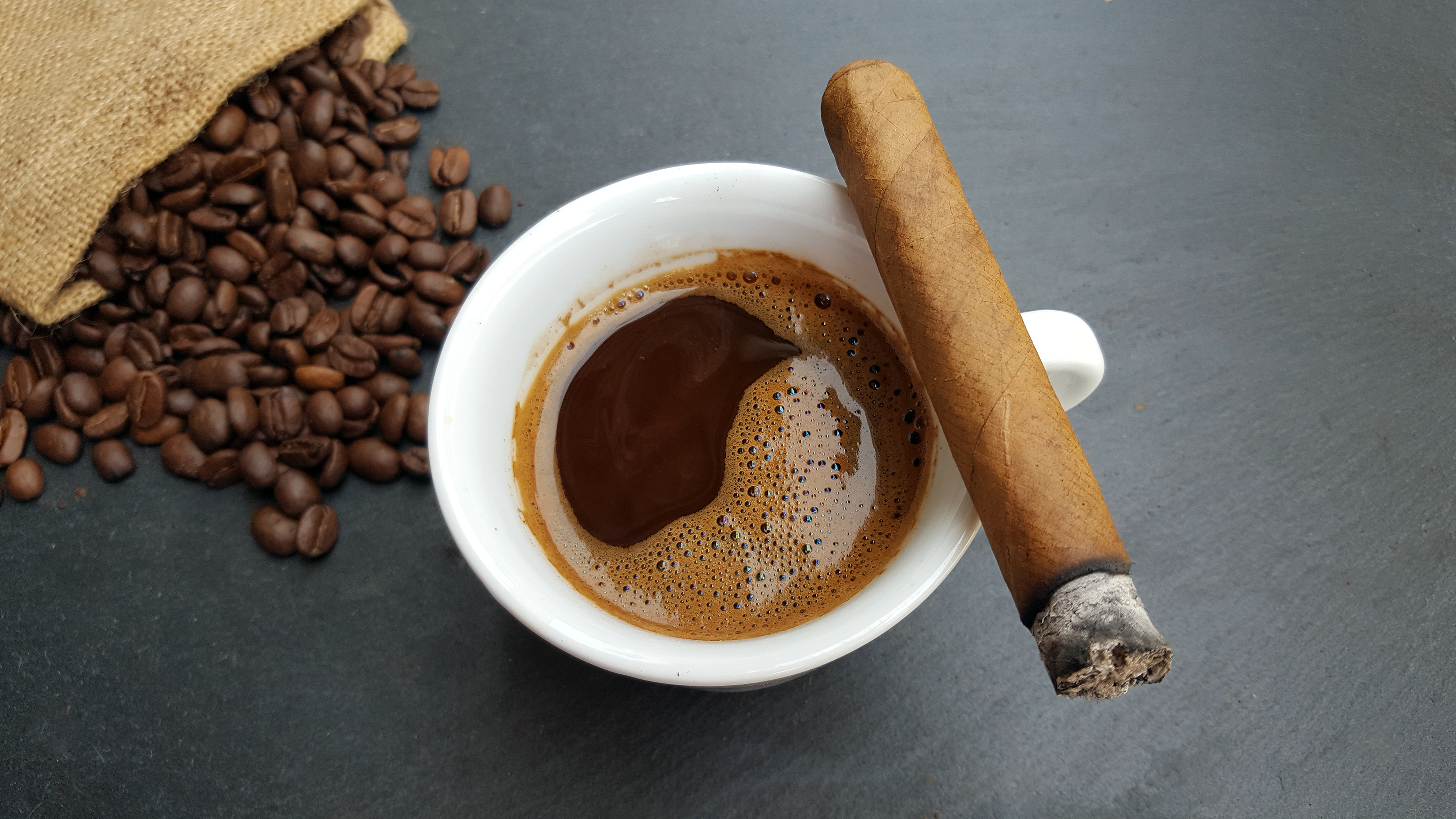Cigar Country: Cuba
In this new series, we’ll explore the countries behind your favourite cigars to give you a greater appreciation of the world that exists behind your smoke. Perhaps the most famous of the cigar growing countries, Cuba is the home of the European fascination with smoking.
Origins: A European Love Story
There are a few varying accounts surrounding the origins of the cigar’s popularity in the West, but the best account by far is part comedy part romance. The story dates back to the voyage of Christopher Columbus in 1492 and a fateful stay in Cuba. Two of Columbus’ crewman, Luis Torres and Rodrigo de Jerez travelled ashore where they discovered the art of smoking. At the time, the natives smoked tobacco inside corn husks which were colloquially called muskets due to their large size.
Rodrigo de Jerez picked up the habit and brought the luxury home with him, but it wasn’t an immediate sensation with his local Spaniards – in fact, just the opposite: Upon arriving back home – just as he had begun to enjoy his first smoke back on the familiar soil of his homeland – his wife ran out to greet him.
The smoke pouring out from her husband’s mouth and nose was perceived by Mrs Jerez as a sign that her husband had been possessed by the devil, compelling her to flee from him into the street where she begged for aid to help her poor, haunted husband.
Rodrigo de Jerez was then imprisoned by the Spanish Inquisition for no less than seven years on account of his infernal habit. By the time of his release, however, smoking had become popular in Spain and the tobacco industry had found its first customers on Spanish soil.
Sadly, there’s no telling whether Rodrigo and his wife were able to reconnect, but it’s thanks to his adventurous nature that we may enjoy the cigar today.
Journeys: From There to Here
Cigars are one of the main economic resources of Cuba now, with over four-hundred million sold every year worldwide. It takes forty-five days to plant and collect a crop, which occurs in Cuba’s winter season around September. The tropical weather presents issues; the winter brings storms and hurricanes, and those storms can flood the plantations and disrupt the seedlings, which in turn can lead to bad crops.
The tobacco crops can also suffer from insects, so it’s important for farmers to keep the plants as strong as possible. One method used to help boost the plant’s strength is to remove any buds, as these draw strength away from the leaves and structure of the rest of the plant.
The happiest time for tobacco planters occurs when the leaves are ready to harvest, which is often accompanied by celebrations. It’s important for planters to stay motivated during this time, because much of the work is still to come, such as hanging the leaves, ensuring that the leaves dry uniformly (which often involves working against the weather), and sorting them into forty different classes.

Cuba is famous for providing some of the highest quality cigars in the world, and there are various types of cigar which originated here. Cohiba cigars are perhaps the most famous, as they are rumoured to have been rolled specifically for Fidel Castro. Close behind are Partagas, Bolivars and Romeo Y Julieta cigars, all of which can be purchased from James J. Fox.
Culture: Aspects of Cuba
Cuba is an island rich with cultural output, especially famous for its music. The most important form of Cuban music is known as Son, which has inspired many musical styles such as rumba, mamba, cha-cha-cha and salsa. Given its musical stature, it’s no surprise that Cuba is also home to two of the world’s most wonderful performers – Gloria Estefan and Celia Cruz.
Cuban cuisine is a mix of the Carribean and Spanish pallets. An average meal will typically involve plantains in some form and could be accompanied by black beans, shredded beef or bread. Curiously, the traditional Cuban way of serving food is to present all dishes at the same time.
Food is exceptionally important in Cuba, and as a tourist, eating well in Cuba can be a struggle. Beef is an immensely valuable commodity, and unlawfully slaughtering a cow is considered worse than homicide in Cuba.

Life expectancy in Cuba is the 5th highest in the Americas; averaging 78.3 years, the typical Cuban will live longer than the average Canadian, despite the hunger issues which Cuba faces. This is partially associated with Cuba’s health industry, which currently has the highest doctor-to-population ratio in the world.
Other exports from Cuba include coffee, sugar and pharmaceuticals. Cuba is a fantastic country with a hot climate and much to learn about. Next time you want to buy Cuban cigars, remember that these cigars are rolled from a vast history of ingredients, all the way back to Columbus, right up to the present beef shortages.




